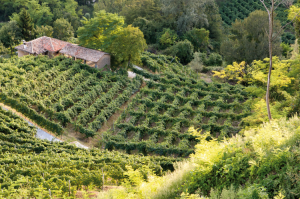
The Veneto wine production is always in ferment
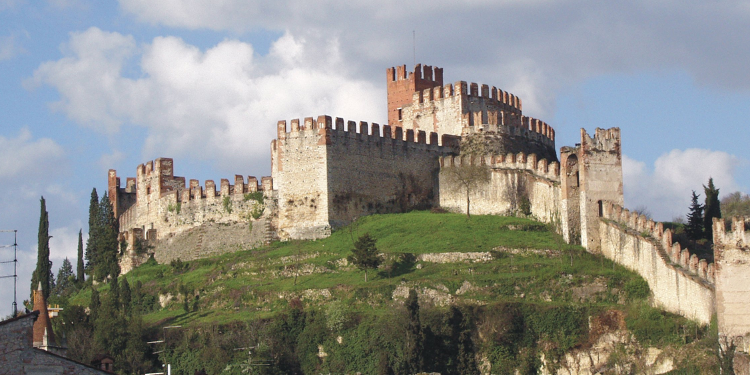
by Monica Sommacampagna
The Veneto is the leading region in Italy for wine production, with 8.18 million hl last year (compared to a national production of 44.7 million), 18.3% of the Italian total and 3% of world production. In 2013 the value was 701 million euros, corresponding to 11.9% of the regional GSP (Gross Saleable Production). According to 2014 estimates, there are two provinces that make up the lion’s share: Treviso with 3.5 million hl, 42.7% of regional production, and Verona with 2.8 million, 34.1%. The business fabric is made up of 30,710 wineries for a total vineyard surface area of 79,848.05 ha and an average surface area per winery of 2.78 ha. There are 79,848 hectares of grapes already planted, but the potential is 84,661. Of the 8.18 million hl produced, 4.21 are DOC and DOCG wines, 3.34 of which are whites and 871 thousand are red and rosé. The IGT wines reach 3.49 million hl. There are several Designations: 28 DOCs, 14 DOCGs for a really miscellaneous scenario of quality wines. Here is a brief survey of the trends, figures and novelties, with previews for 2016.
Prosecco with vertiginous figures
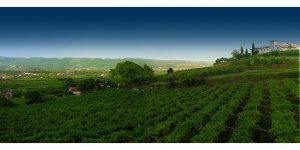 2015 marked a record performance for Asolo Prosecco DOCG, which started off three years ago with 1 million bottles. “This year we should exceed 5 million, a 2 million increase on 2014,” reveals Armando Serena, president of the Consorzio di Tutela Asolo Montello. “We have 54 members and 25 wineries: 50% is sold abroad, demand comes from North America and the whole of Italy.” It is the starting point for the development of the Montello DOCG, another aim of the organization, which believes in the potential of this wine made from the Bordeaux blend, although only produced by three wineries at the moment. It is a period of reflection (in a strategic sense) for Prosecco DOC, for which, according to early estimates, the harvested Riserva alone totals 65 million bottles. “We are debating with the Veneto Region and the Ministry in order to protect the Designation, to meet the demand without creating hysteria,” Luca Gavi, director of the Consorzio di Tutela del Prosecco, tells us. “The Designation includes over 100,000 vinegrowers with medium-sized wineries, 1,200 winemakers and 330 sparkling wine producers. We have considerable growth margins but we must aim at economic, social and environmental sustainability.”
2015 marked a record performance for Asolo Prosecco DOCG, which started off three years ago with 1 million bottles. “This year we should exceed 5 million, a 2 million increase on 2014,” reveals Armando Serena, president of the Consorzio di Tutela Asolo Montello. “We have 54 members and 25 wineries: 50% is sold abroad, demand comes from North America and the whole of Italy.” It is the starting point for the development of the Montello DOCG, another aim of the organization, which believes in the potential of this wine made from the Bordeaux blend, although only produced by three wineries at the moment. It is a period of reflection (in a strategic sense) for Prosecco DOC, for which, according to early estimates, the harvested Riserva alone totals 65 million bottles. “We are debating with the Veneto Region and the Ministry in order to protect the Designation, to meet the demand without creating hysteria,” Luca Gavi, director of the Consorzio di Tutela del Prosecco, tells us. “The Designation includes over 100,000 vinegrowers with medium-sized wineries, 1,200 winemakers and 330 sparkling wine producers. We have considerable growth margins but we must aim at economic, social and environmental sustainability.”
In 2016 the promotion will continue in non-EU countries: United States, China, Japan, Russia and Australia, with remarkably high volumes. A repositioning in Germany and the United Kingdom is also planned, to highlight the value of a wine that wants to become a style rather than a trend. There is also a positive trend for the Consorzio di Tutela del Prosecco di Conegliano Valdobbiadene DOCG, which is experiencing an increase in the value of the Designation on the market today, a rise of 11% in HORECA sales in Italy, and a positive generational turnover, with a quarter of the bottling company owners under 40 years of age. “In particular, in 2016 we are aiming to reduce the use of chemical products in the vineyard and to preserve the old Glera vines, in order to safeguard biodiversity,” commented Innocente Nardi, president of the organisation. “Next year we should also conclude the procedure to be presented at the UNESCO Committee in Paris and put forward our area as a World Heritage Site.”
Projects for the other Designations
This is a time of considerable development for the Lugana DOC. Suffice it to say that between 2008 and 2014 the surface area increased from 831.81 to 1,244.54 ha and the number of bottles from 7,314,746 to 13,668,666. “The trend is up 10% a year, an increase of a million bottles,” says Carlo Veronese, director of the Consorzio di Tutela del Lugana. “Exports are growing for a wine obtained from one of the most expensive grapes in Italy, over 180 euros per quintal.” They are aiming at the German market, as well as America, with ad hoc projects.
Carlo Favero, director of the Consorzio di Tutela Vini Venezia, is satisfied with the excellent performance of the Designation: “Last year with the Venezia DOC we exceeded by far the number of bottles of the previous year, leaping to 5 million. Pinot Grigio is much sought-after and an assessment is being made to take it towards becoming an interregional DOC.” Limited numbers for the Lison DOCG, between 150,000 and 300,000 bottles, also due to the negative effect of losing the right to the historical name of Tocai. On the other hand, the Malanotte del Piave DOCG is growing. It started out two years ago with 20,000 bottles from eight producers: by the end of the year we expect to close with over 35,000 bottles from 22 producers. It is an important goal if we consider that it is sold ex-cellar at 15-22 euros.” Good news also from the Gambellara DOC: “in recent years the certification for the Classico has increased,” explains Franco Cavallon, director of the Consorzio di Tutela Vini Gambellara. “We are getting a lot of satisfaction from sparkling wine, which was regulated in 2008. This year, moreover, we have made the native yeast for Vin Santo available to the nine wineries involved in the characterisation project: after trials with microvinification, we will move on to trials in the winery.”
Read the full reportage Focus on Veneto on Italian Wine Chronicle 01/2016! You can buy the last issue in our shop (also in digital edition) or write to store@civiltadelbere.com
Enjoy the reading!
See also ...
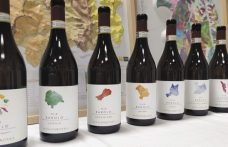
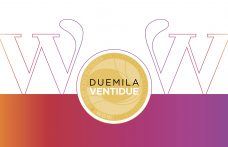


The battle continues with the new Chianti Gran Selezione
On 11th November, the Chianti Wine Consortium announced Read more

